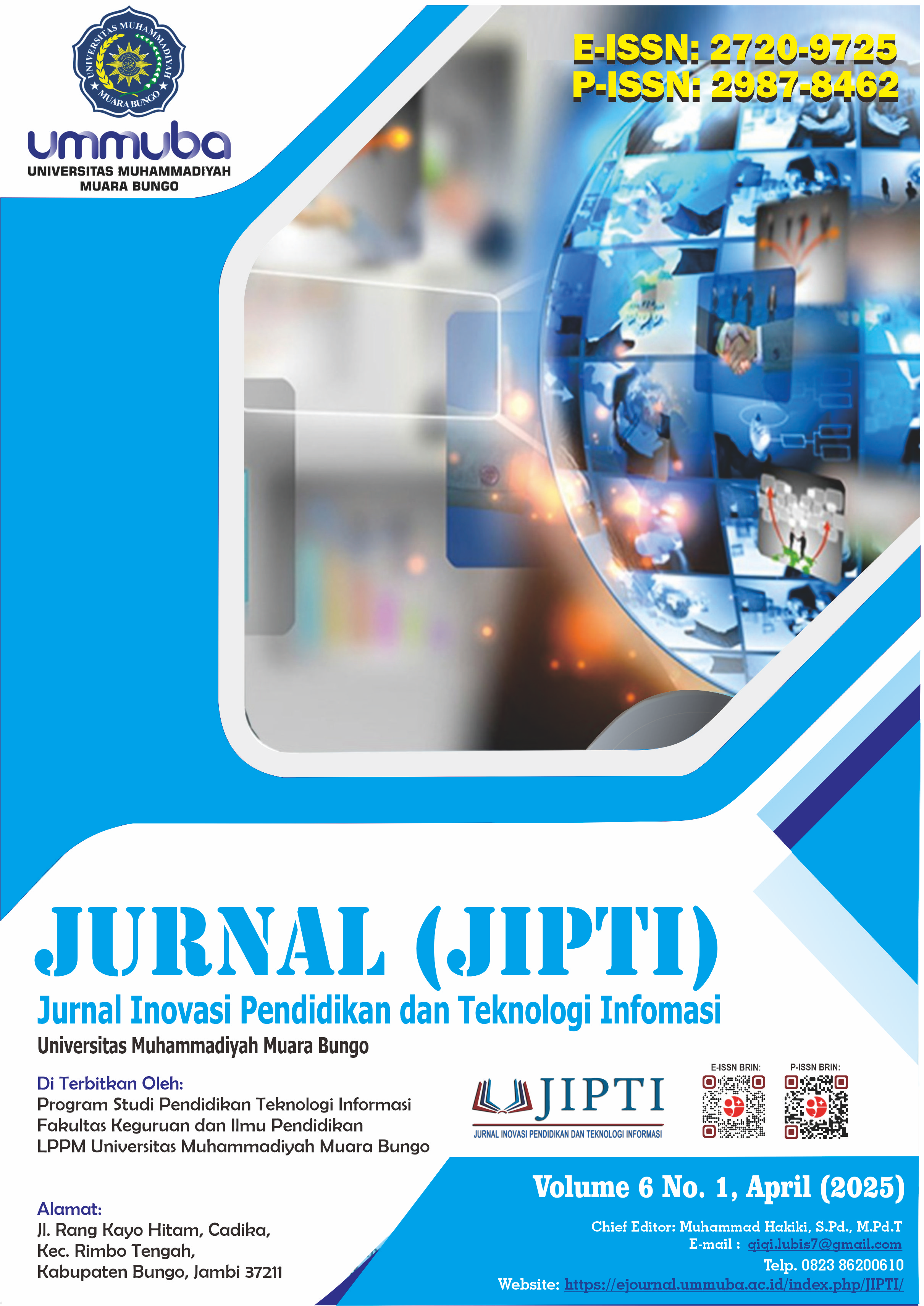ARABIC LANGUAGE ACQUISITION FOR CHILDREN OF TEACHERS AT THE PONDOK PESANTREN DARUSSALAM PARMERAAN
Abstract
Second language acquisition in early childhood is interesting to study. The purpose of this study was to determine the Arabic language acquisition ability of teachers' children at the Darussalam Parmeraan Islamic Boarding School, to find out the problems faced by teachers' children in learning Arabic as a second language at the Darussalam Parmeraan Islamic Boarding School, and to find out solutions to difficulties in learning Arabic as a second language at the Darussalam Parmeraan Islamic Boarding School. The research method used is qualitative and descriptive research using case studies. The data collection methods used are observation, interviews, and documents, and the data analysis methods used are data collection, data reduction, data presentation, and concluding. The results of this study indicate that the methods used in the learning process at the Darussalam Parmeraan Islamic Boarding School include direct methods, audio-lingual methods, presentation methods, and question-and-answer methods. The learning media teachers use are appropriate and interesting for children, such as pictures, paintings, picture books, games, and audio visuals. The difficulties experienced by children are easily forgetting the vocabulary that has been taught, and children have difficulty pronouncing letters and vocabulary, pronouncing "ro" as "lo". The solutions to overcome these difficulties include getting teachers used to communicating with children directly using Arabic, teachers helping children master pronunciation through continuous practice, providing examples of clear letter pronunciation, and using learning media. The results of this study are expected to be a reference for improving Arabic language learning for children.
References
Abdullah, I., Rahmi, N., & Walfajri, W. (2020). Pembentukan Lingkungan Bahasa Arab Untuk Mengembangkan Keterampilan Berbicara. Taqdir, 6(2), 71–83. https://doi.org/https://doi.org/10.19109/taqdir.v6i2.6283
Aflisia, N., & Harahap, P. (2019). Eksisten Bi’ah Lughawiyah Sebagai Media Berbahasa Arab dalam Meningkatkan Kemampuan Muhadatsah Mahasiswa Prodi Pendidikan Bahasa Arab IAIN Curup. Lisanul’Arab: Journal of Arabic Learning and Teaching, 8(1), 40–55.
Arikunto, S. (2010). Metode peneltian. Jakarta: Rineka Cipta, 173.
Bustaman. (2021). Bang Fatih Fans Sama Ustaz Jokowi. https://www.youtube.com/watch?v=rAPzmNL7fs4
Dardjowidjojo, S. (2003). Psikolinguistik: Pengantar pemahaman bahasa manusia. Yayasan Pustaka Obor Indonesia. https://doi.org/https://books.google.co.id/books?id=cLJ4DAAAQBAJ&printsec=frontcover&hl=id#v=onepage&q&f=false
Darslon, A. (2024). Interview.
Gunawan, I. (2022). Metode Penelitian Kualitatif: teori dan praktik. Bumi Aksara. https://books.google.co.id/books/about/Metode_Penelitian_Kualitatif.html?id=AqSAEAAAQBAJ&redir_esc=y
Ibrahim, A. I. (2019). Investigating the needs and drawbacks of L1 in L2 education: Students’ perception. Journal of Studies in Education, 9(1), 17–31. https://doi.org/https://doi.org/10.5296/jse.v9i1.14088
Indah, R. N. (2008). Psikolinguistik: Konsep & Isu Umum. UIN Press.
Jusnidar, J., Safirah, N. A., Usman, U., Ilyas, S. N., & Musi, M. A. (2024). EFEKTIFITAS MEDIA AUDIO VISUAL (ANIMASI TAYO) TERHADAP KEMAMPUAN MENYIMAK ANAK 5-6 TAHUN. Jurnal Inovasi Pendidikan Dan Teknologi Informasi (JIPTI), 5(2), 206–2016. https://doi.org/https://doi.org/10.52060/jipti.v5i2.1911
Mahesa, J. I., Wargadinata, W., & Rosyidi, A. W. (2022). Thuruq ta’lîm al-lughah al-‘arabiyah bi Minangkabau min ‘âm 1680-1900 M: dirâsah târîkhiyah fî Sumatra al-Gharbiyah. Arabi: Journal of Arabic Studies, 7(1), 109–124. https://doi.org/https://doi.org/10.24865/ajas.v7i1.439
Mansur. (2024). Observasi.
Mat, A. C., Bakar, A. F. A., Nokman, A. Z., Musilehat, N. S., & Mohamad, N. (2020). Speaking Skills: What Arabic Language Students Do in Simulation Activity. Universal Journal of Educational Research, 8(12), 6998–7005. https://doi.org/https://doi.org/10.13189/ujer.2020.081267
Miles, B. M., Huberman, A. michael, & Terj. Rohedi, T. R. (1992). Analisis Data Kualitatif. UI Press.
Moleong, Lexi .J. (2021). Metodologi penelitian kualitatif. Remaja Rosdakarya.
Moleong, Lexy J. (2005). metodologi penelitian kualitatif, Bandung: Remaja. Rosdakarya. T. Hani.
Ritonga, R. S. (2024). Interview.
Robert, K. Y. M. M. D. (2006). Terj. Studi Kasus Desain & metode. RajaGrafindo Perkasa.
Sidiq, U., Choiri, M., & Mujahidin, A. (2019). Metode penelitian kualitatif di bidang pendidikan. Journal of Chemical Information and Modeling, 53(9), 1–228. https://repository.iainponorogo.ac.id/484/1/METODE PENELITIAN KUALITATIF DI BIDANG PENDIDIKAN.pdf
Sipahutar, M. (2024). Interview.
Siregar, B. P. (2024). Interview.
Siregar, U. F. azzahra. (2024). Interview.
| Keywords | : |
Keywords:
Arabic Language Acquisition, Children's Second Language, Boarding School
|
| Galleys | : | |
| Published | : |
2025-04-01
|
| How to Cite | : | |
| Issue | : |
Copyright (c) 2025 Mangsur Nst, Rusdi, Aprijon Efendi, Halomoan

This work is licensed under a Creative Commons Attribution 4.0 International License.














_SCCC.png)
